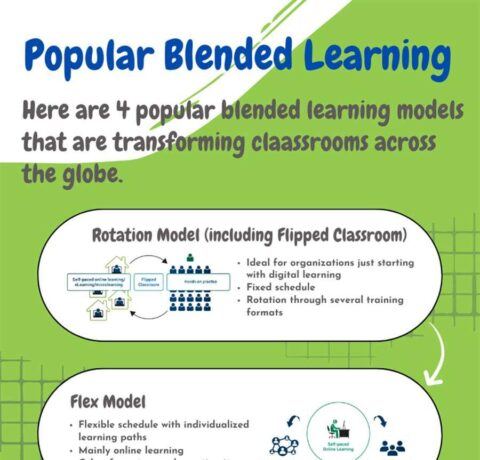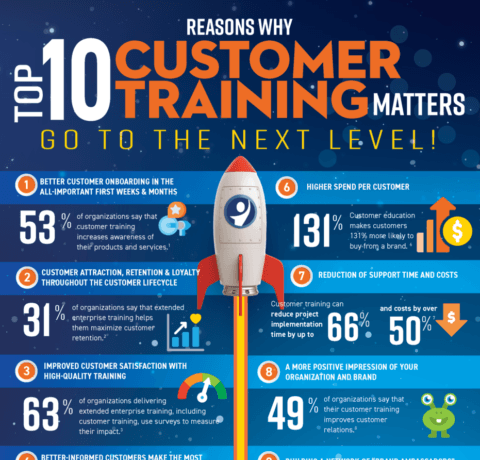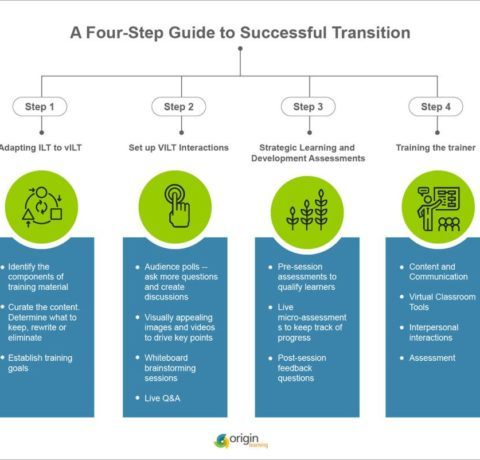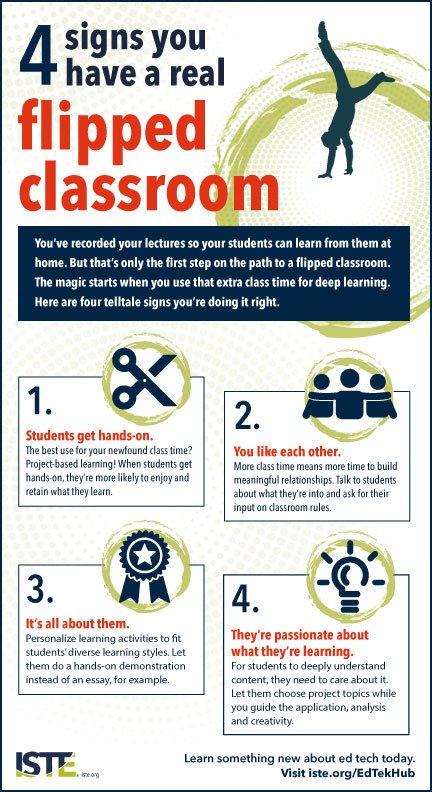4 Signs You Have a Real Flipped Classroom Infographic
Chances are, you've heard of the flipped classroom. In fact, you could be tired of hearing about it by now or dismiss it as a fad. "What's the big deal?" you might ask. After all, pre-teaching has been around since the 1990s, and video and its related formats have been used in the classroom since the 1950s.
Is all the hype warranted? Is flipped learning really making a difference in the lives of real students in real schools? The flipped classroom is not the answer. Instead, flipped learning is a gateway that leads toward some of the most powerful — but often the most difficult to implement — learning and teaching strategies out there.
What flipped learning is — and isn't
The common description of a flipped classroom is having students watch instructional videos at home and do the typical homework — worksheets, problem sets, back-of-chapter exercises — in class. We refer to this model as "Flipped Class 101." Moving direct instruction out of the group learning space and into the individual learning space is a great place to begin your journey, but it is not the destination itself.
The danger of settling in at Flipped Class 101 is that it doesn't fundamentally change anything. A lecture, whether it takes place in person or on video, is still a lecture. Boring lectures are bad, but boring lectures on video can be even worse. And if all you do is worksheets in class, then nothing has changed.
Flipped learning is not about making videos. It's about maximizing class time for deeper student engagement. Educators have only a fixed amount of time with students and need to use it effectively. If whole-group direct instruction is not the best use of face-to-face class time, what is?
Each educator will answer this question in his or her own way. Flipped learning will look very different in an elementary language arts classroom, for instance, than it would in a high school woodworking or math class. The possibilities are endless. But there are some common characteristics of all successful flipped classrooms.







You can adjust your cookie preferences here.